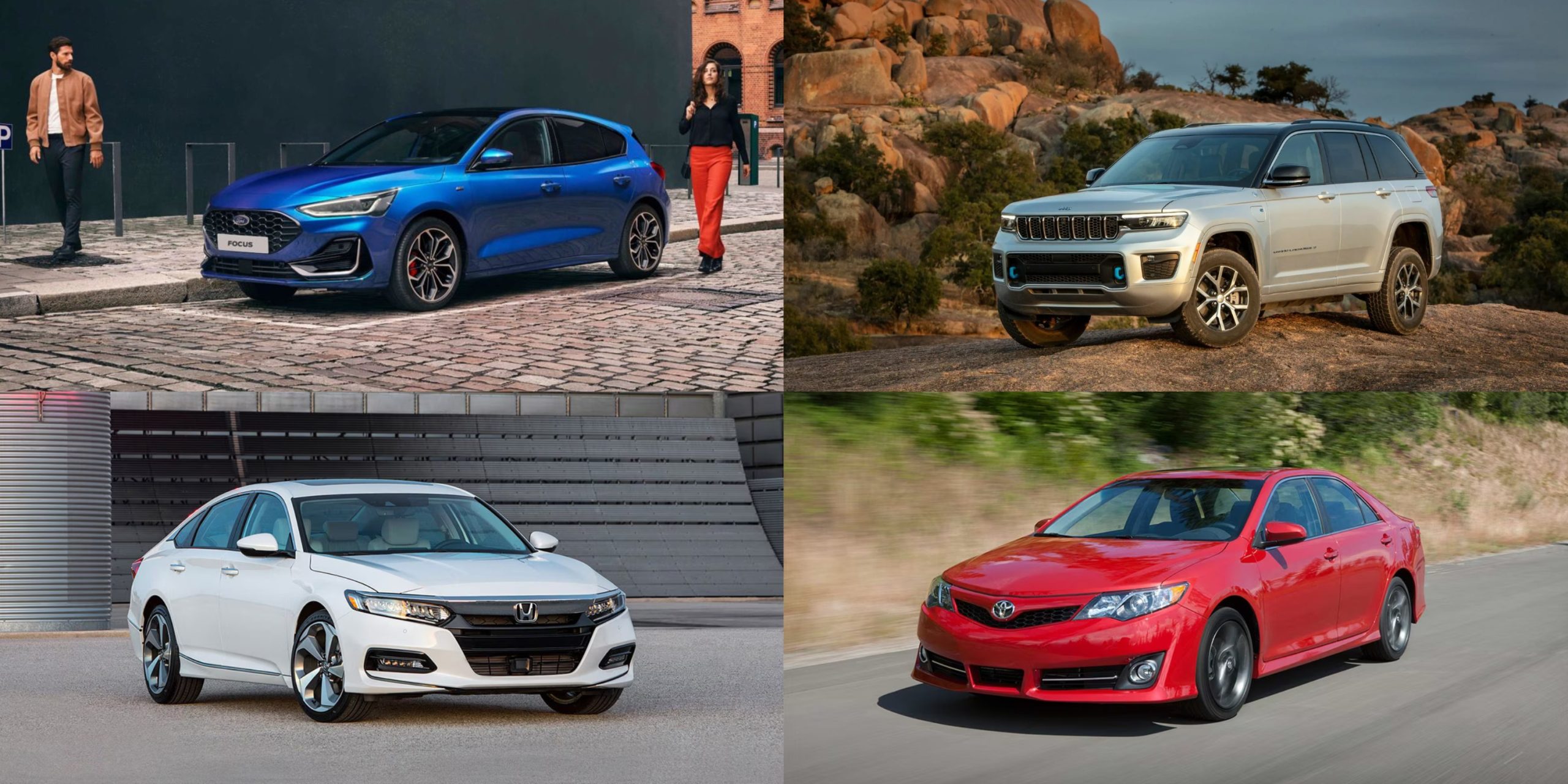When shopping for a used car or even a new one, most buyers focus on features like fuel economy, comfort, technology, and design. However, one of the most critical yet often overlooked components of a vehicle is its transmission.
A car’s transmission is what channels power from the engine to the wheels, and if it fails, repairs or replacements can cost thousands of dollars. Whether you’re dealing with a traditional automatic, a continuously variable transmission (CVT), or a dual-clutch system, reliability varies greatly from model to model.
Transmission problems can manifest in subtle ways: delayed shifting, strange noises, jerky acceleration, or even complete transmission failure. Some vehicles come with rock-solid gearboxes that are known to last well over 150,000 miles with minimal maintenance.
Others, unfortunately, are plagued by systemic flaws that lead to early wear and failure, sometimes as early as 30,000 miles. This can make the difference between a car that becomes a dependable long-term companion and one that’s a financial nightmare.
This article breaks down five vehicles known for reliable transmissions and five that have developed notorious reputations for failure.
Whether you’re browsing for a used sedan or a family SUV, knowing which models to trust — and which to avoid — can save you from costly repairs and frustrating experiences. Let’s dive in.
Also Read: 5 Cars That Still Drive Like New After 200K Miles and 5 That Don’t
5 Cars With Reliable Transmissions
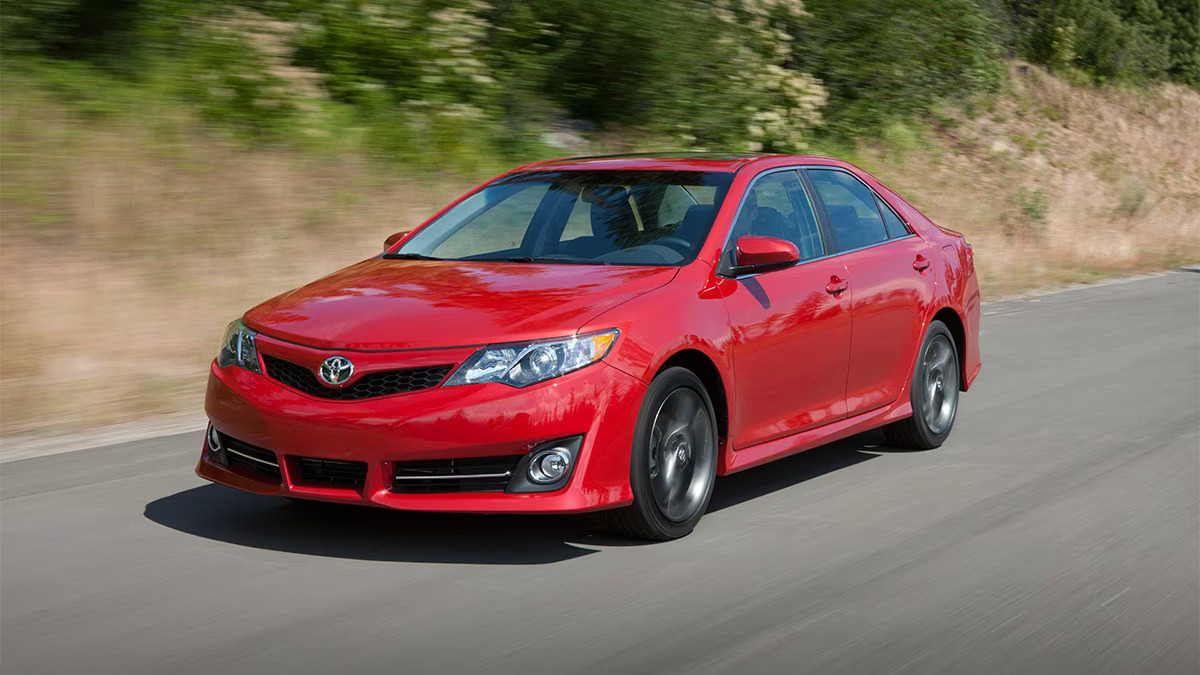
Toyota Camry (2012–2017)
The Toyota Camry has long been considered one of the most dependable midsize sedans on the market. Known for its quiet ride, spacious interior, and outstanding build quality, the Camry offers a blend of reliability and practicality that appeals to a wide audience.
But perhaps one of its most unsung strengths lies in its transmission, specifically the 6-speed automatic found in the 2012–2017 models.
This transmission is a traditional torque-converter automatic, built with durability and simplicity in mind. Unlike CVTs or dual-clutch systems, Toyota’s automatic units in this range are less complex and therefore less prone to failure. Owners report smooth shifts and minimal issues even after years of ownership and high mileage.
The software calibration also ensures that gear transitions are quick and appropriate to driving conditions, adding to the comfort and reliability of the ride.
The Camry’s transmission has been praised in numerous consumer reviews, and it’s rare to find widespread complaints or transmission-related recalls during this generation.
As long as owners follow recommended maintenance schedules — including regular fluid changes — these transmissions have been known to surpass the 200,000-mile mark with little more than routine service.
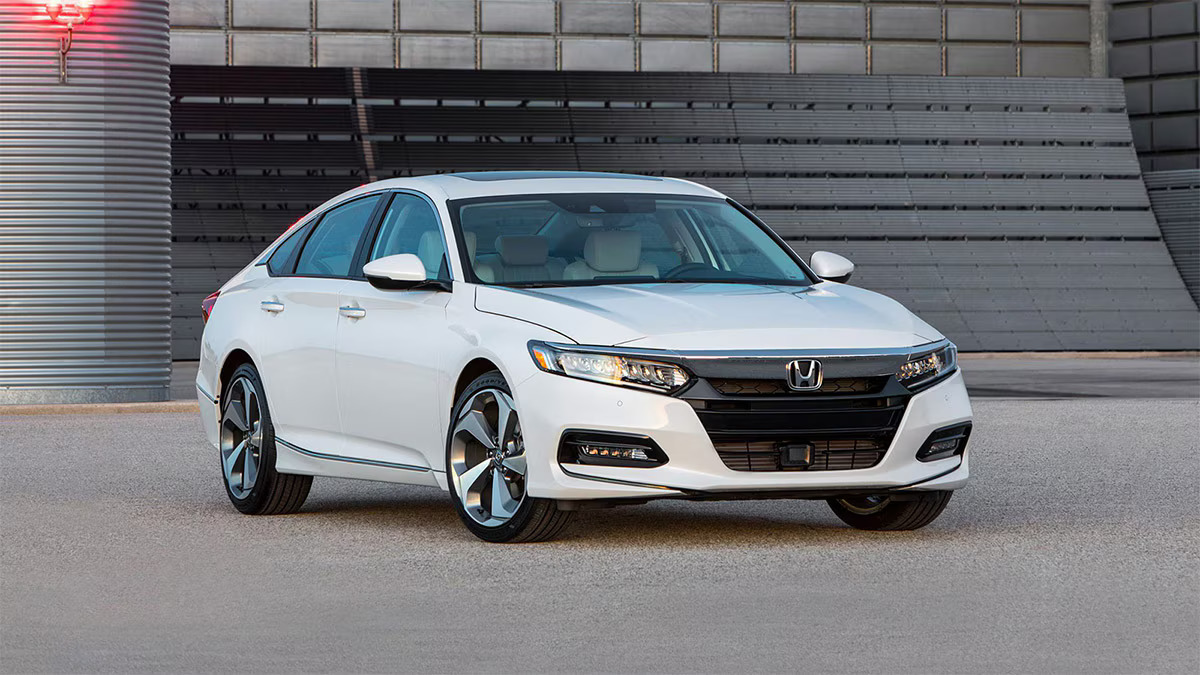
Honda Accord (2013–2017)
Honda’s Accord is often mentioned in the same breath as the Camry, and for good reason. The 2013–2017 models were some of the best in their long-running line, offering a sporty yet comfortable ride, high resale value, and strong engine choices.
The automatic transmission in these models, particularly the 6-speed traditional automatic and CVT for 4-cylinder engines, also ranks high in terms of reliability.
The CVT used in these Accords was an important step forward from earlier Honda attempts. Unlike the problematic CVTs found in some Nissan models, Honda’s CVT is generally praised for being responsive and smooth.
Moreover, the 6-speed automatic paired with V6 engines delivers power efficiently and has an excellent reputation for longevity. This range of transmission options allowed buyers to choose based on performance needs without sacrificing dependability.
While no transmission is entirely immune to problems, the low volume of complaints and minimal issues related to gear slipping or failure place the Accord firmly on the “safe bet” list for buyers prioritizing reliability.
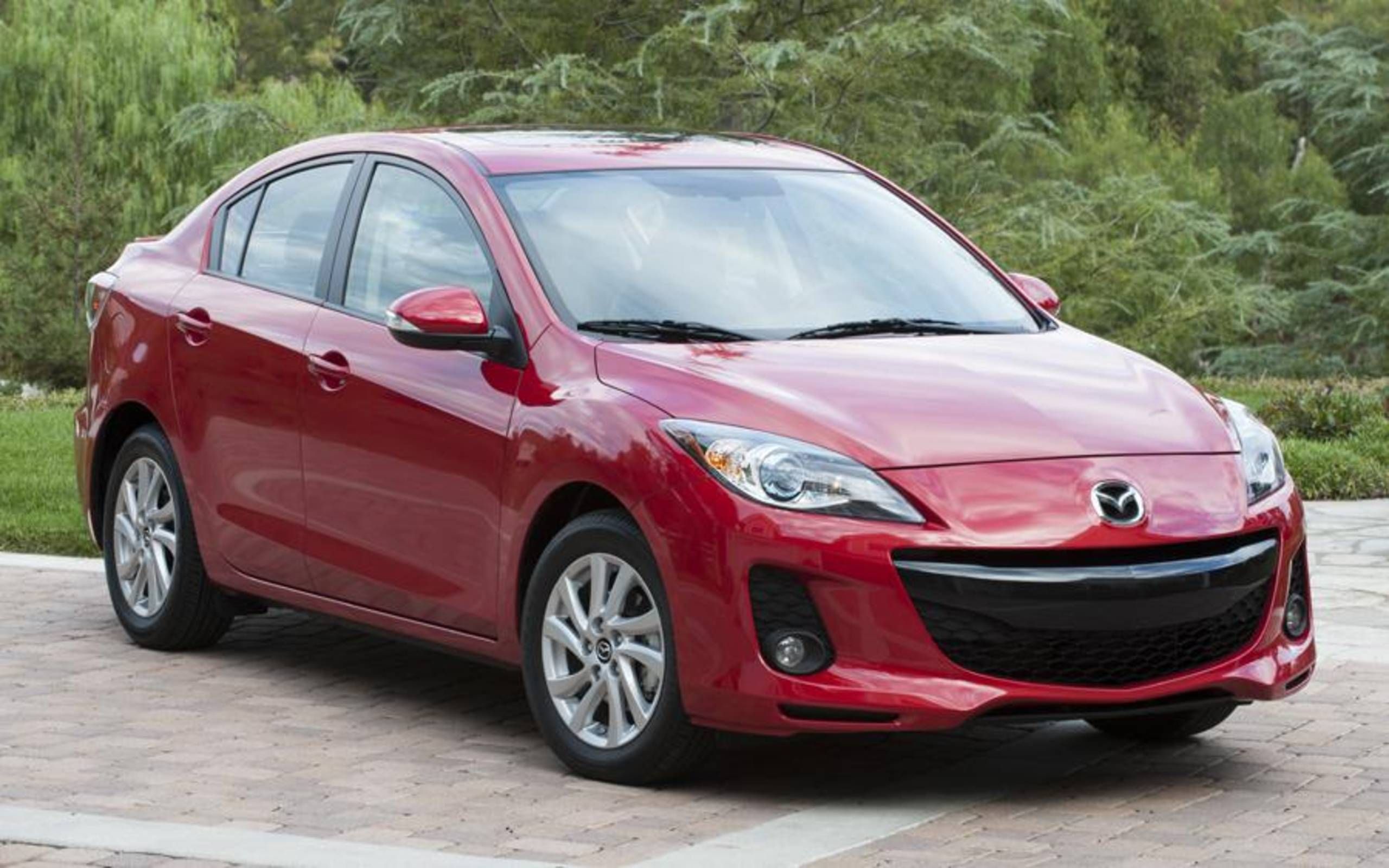
Mazda3 (2013–2018)
The Mazda3 is often praised for its dynamic handling and stylish design, but it also hides a remarkably solid drivetrain under the hood.
The 2014–2018 Mazda3 comes equipped with either a 6-speed manual or a 6-speed automatic transmission, both of which have earned praise for their durability and performance.
Unlike some compact competitors, Mazda opted not to use a CVT in this model — a decision that greatly benefited its reputation for transmission reliability.
The automatic, in particular, is a standout. Designed in-house by Mazda (not sourced from another supplier), it offers precise, quick shifts and has proven to be exceptionally durable in real-world conditions.
Unlike CVTs, which can feel mushy and less engaging, the Mazda automatic maintains a direct and responsive feel, adding to the driving pleasure. Even after years of use, owners report very few transmission issues.
Furthermore, the Mazda3’s transmission doesn’t require any exotic maintenance procedures. Fluid changes at regular intervals are typically sufficient to keep the system in top condition.
This, combined with Mazda’s reputation for quality engineering, makes the 2014–2018 Mazda3 a top choice for those who want reliability without sacrificing driving enjoyment.
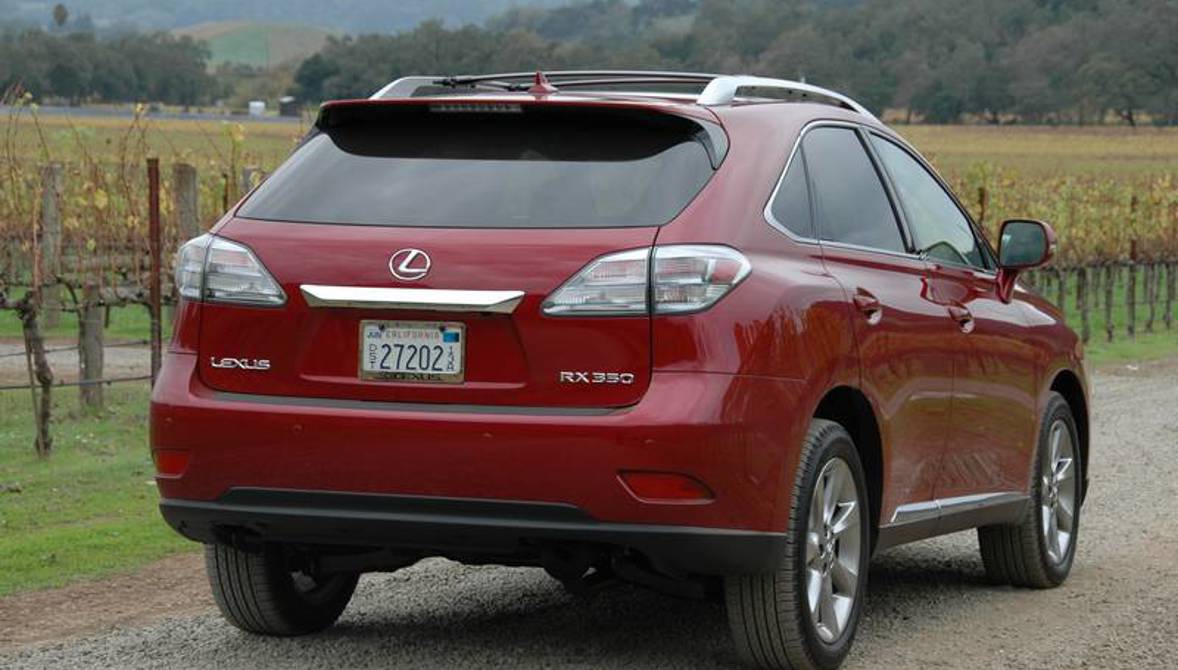
Lexus RX350 (2010–2015)
When it comes to luxury SUVs, few names are as synonymous with reliability as Lexus. The RX350, especially models between 2010 and 2015, exemplifies this with an incredibly durable 6-speed automatic transmission.
Built on Toyota’s proven platform, the RX350 pairs comfort and luxury with drivetrain dependability that is hard to match in its class.
The 6-speed transmission in the RX350 delivers smooth and consistent gear changes, a hallmark of Lexus engineering. It works seamlessly with the V6 engine to deliver both power and fuel efficiency without unnecessary strain.
Owners of this generation frequently report crossing the 150,000-mile mark with no transmission-related repairs — a testament to the build quality and engineering that Lexus puts into its components.
Because Lexus vehicles typically undergo more rigorous quality control compared to mainstream models, their transmissions benefit from tighter tolerances and better materials.
The RX350 is no exception. With regular maintenance — mainly fluid changes and inspections — the transmission holds up extremely well, making it a top contender for anyone looking for a long-lasting SUV.
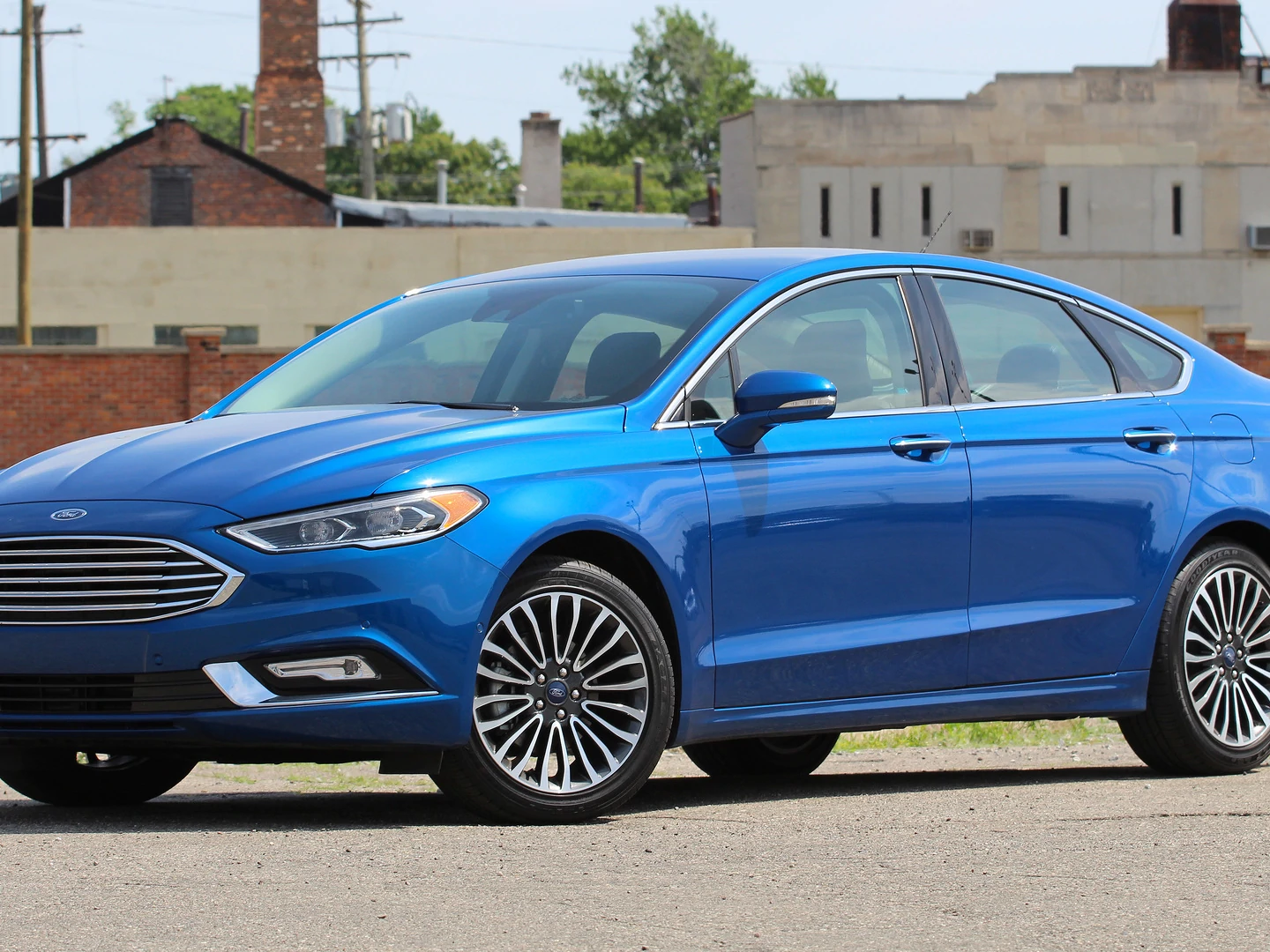
Ford Fusion (2015–2019, 6-Speed Automatic)
While Ford has had its share of transmission woes (as we’ll see later), the Fusion with the 6-speed automatic transmission offered in the 2015–2019 models stands out as a reliable choice.
This model of Fusion avoided the problematic PowerShift transmission used in earlier Focus and Fiesta models, and instead featured a more traditional torque-converter automatic that offered durability and consistent performance.
The 6-speed automatic in the Fusion is a proven unit co-developed with GM, and it performs admirably in various driving conditions.
It provides smooth gear transitions and rarely suffers from the hesitation, jerking, or failure seen in dual-clutch or CVT-equipped rivals. It also handles higher mileage quite well, making it popular among ride-share drivers and commuters alike.
While Ford’s reputation may be mixed in the transmission department, this version of the Fusion shows that when the company sticks to conventional technology, the results can be excellent.
Proper maintenance and timely fluid replacement are key, but many owners report surpassing 150,000 miles without serious issues, which is impressive for a midsize sedan.
5 Cars With Transmission Issues
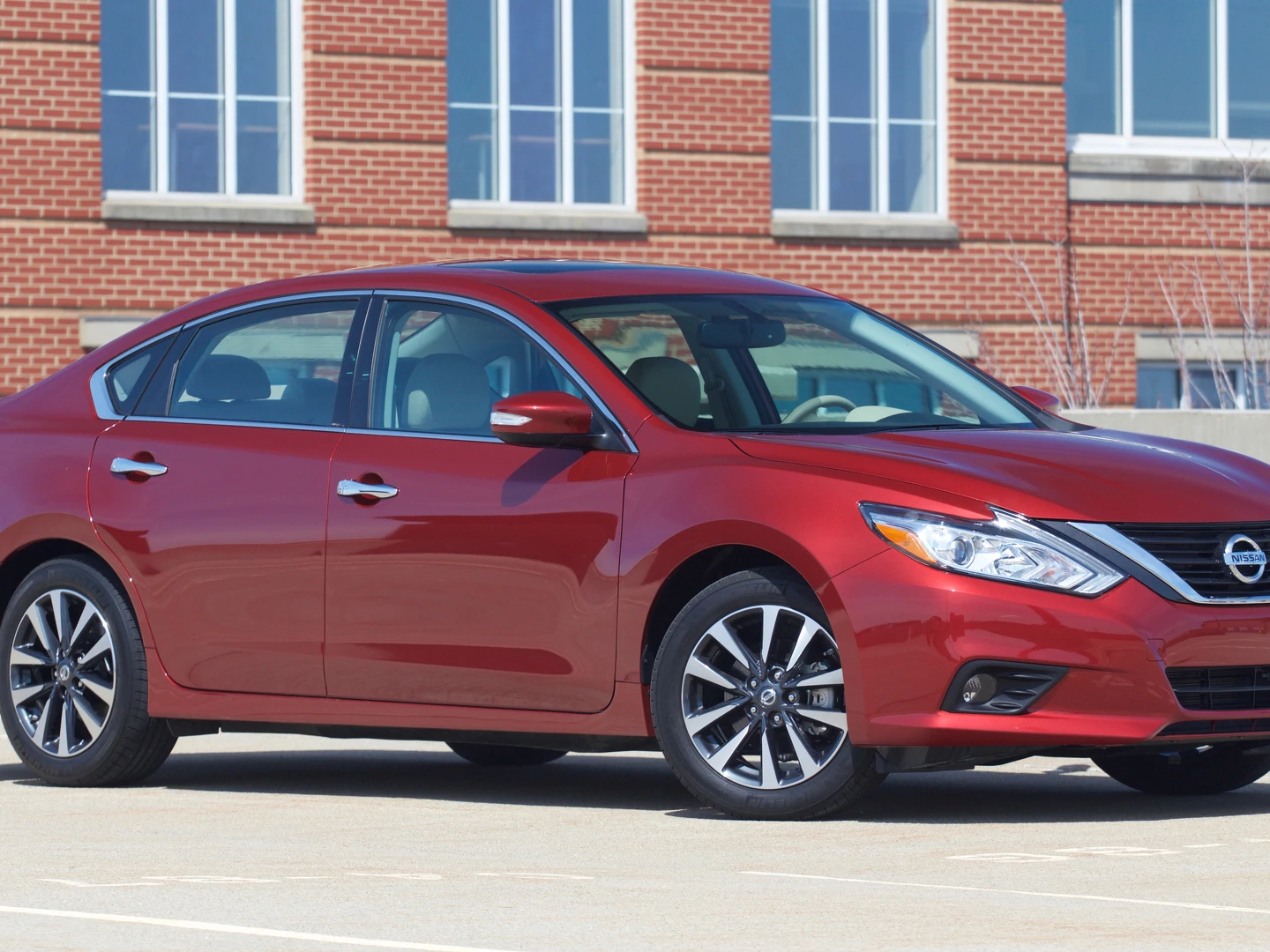
Nissan Altima (2013–2018)
The Nissan Altima has long been a favorite among sedan buyers thanks to its sleek design, roomy interior, and fuel efficiency. However, the 2013–2018 models — particularly those equipped with Nissan’s Xtronic CVT — have been plagued with widespread transmission issues.
CVTs, or continuously variable transmissions, are designed to offer smooth acceleration and improved fuel economy, but in the Altima’s case, they often result in early failure and expensive repairs.
Numerous owners have reported symptoms like transmission shuddering, jerking, delayed acceleration, and complete failure — often well before 100,000 miles.
What makes matters worse is the cost of replacement, which can easily exceed $3,000 and sometimes even more when labor is included. The issue was so common that Nissan extended the CVT warranty on some models and faced multiple class-action lawsuits over the failures.
Despite the Altima’s other strengths, this transmission problem significantly impacts its resale value and long-term ownership costs. For buyers considering a used Altima from this era, a thorough pre-purchase inspection is essential, and even then, the risk may outweigh the reward.
Nissan’s attempt to push CVT technology ahead of the curve backfired on these models, leaving many owners with significant repair bills and reliability headaches.
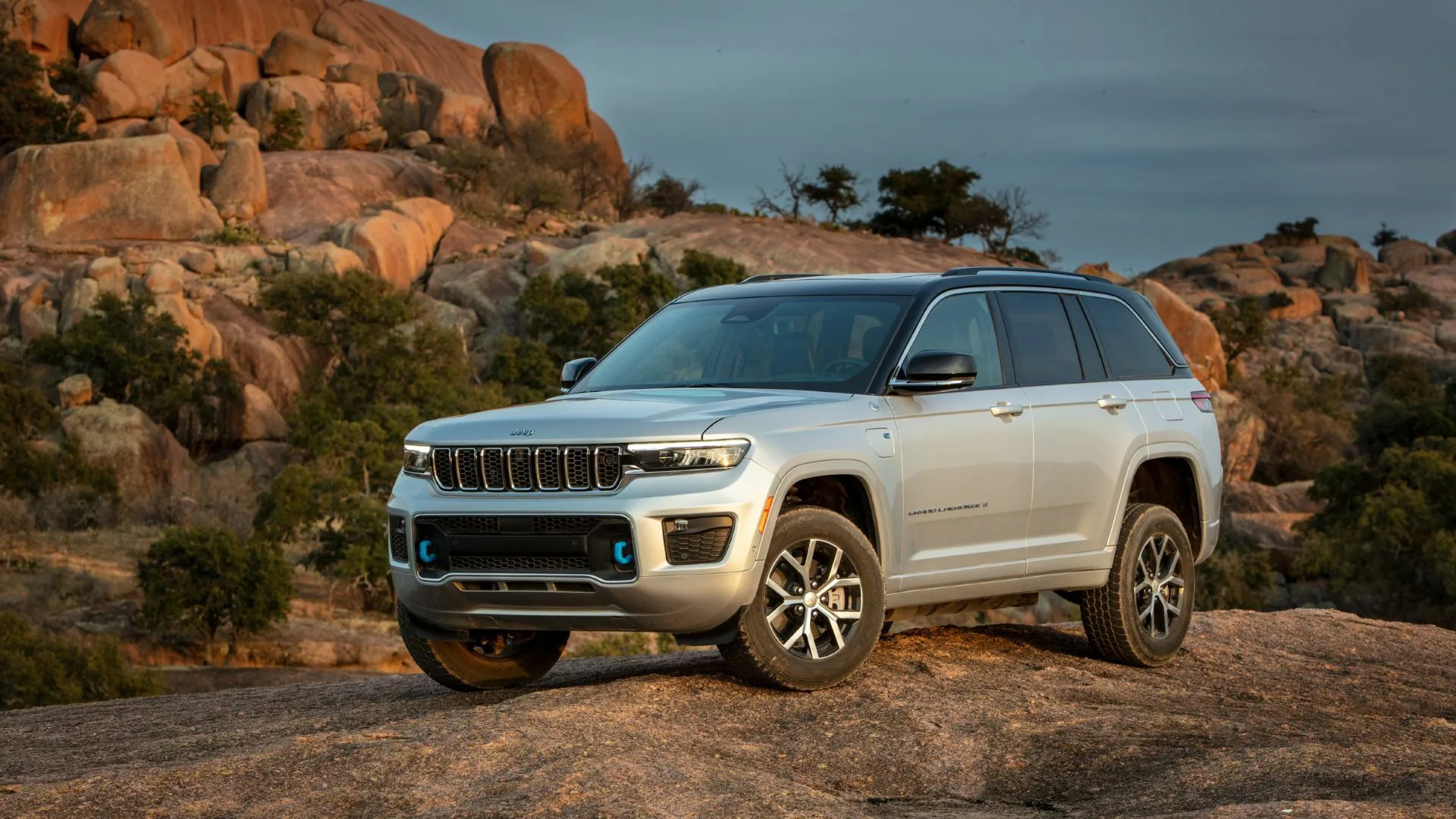
Jeep Cherokee (2014–2016)
The 2014–2016 Jeep Cherokee was an exciting release at the time, offering bold styling and modern features in a compact SUV package.
However, these models quickly gained notoriety for one serious flaw: the 9-speed automatic transmission developed by ZF. Intended to enhance fuel economy and performance, this transmission became the Achilles’ heel of the Cherokee.
Owners reported an array of transmission problems, including hard shifts, sudden lurches, hesitation during acceleration, and software-related glitches that resulted in unsafe driving conditions.
Jeep attempted to mitigate the issues with several software updates and recalls, but many drivers still experienced persistent problems even after dealer servicing.
The root cause was a combination of premature design rollout and complex calibration needs that weren’t adequately resolved.
The widespread dissatisfaction led to plummeting consumer trust and poor reliability ratings in publications like Consumer Reports. For anyone looking at a used Jeep Cherokee in this range, it’s crucial to understand the high risk of transmission failure and the potential costs involved.
Even Jeep enthusiasts tend to advise steering clear of these particular years unless full documentation of repairs and updates is available.

Ford Focus (2012–2016, PowerShift DCT)
Few transmissions have earned as much criticism as the Ford PowerShift dual-clutch automatic used in the 2012–2016 Focus. Marketed as a fuel-efficient and responsive alternative to traditional automatics, the PowerShift DCT turned into a nightmare for thousands of owners.
Unlike conventional automatics, DCTs operate more like manual gearboxes, and Ford’s version was poorly executed from the start.
Drivers commonly experienced shuttering, slipping, jerky gear changes, and even complete transmission failures — sometimes multiple times on the same vehicle. Many owners reported that Ford initially refused to acknowledge the problem, leading to widespread frustration.
Eventually, the automaker faced a major class-action lawsuit and extended the warranty coverage on the transmission, but the damage to the Focus’s reputation was already done.
This transmission issue affected not only reliability but also the resale value of the Focus. Some owners found themselves replacing the clutch packs multiple times, and even then, problems persisted.
If you’re in the market for a used compact car, skipping the PowerShift-equipped Focus is highly advisable unless you’re prepared to deal with major transmission repairs or replacements.
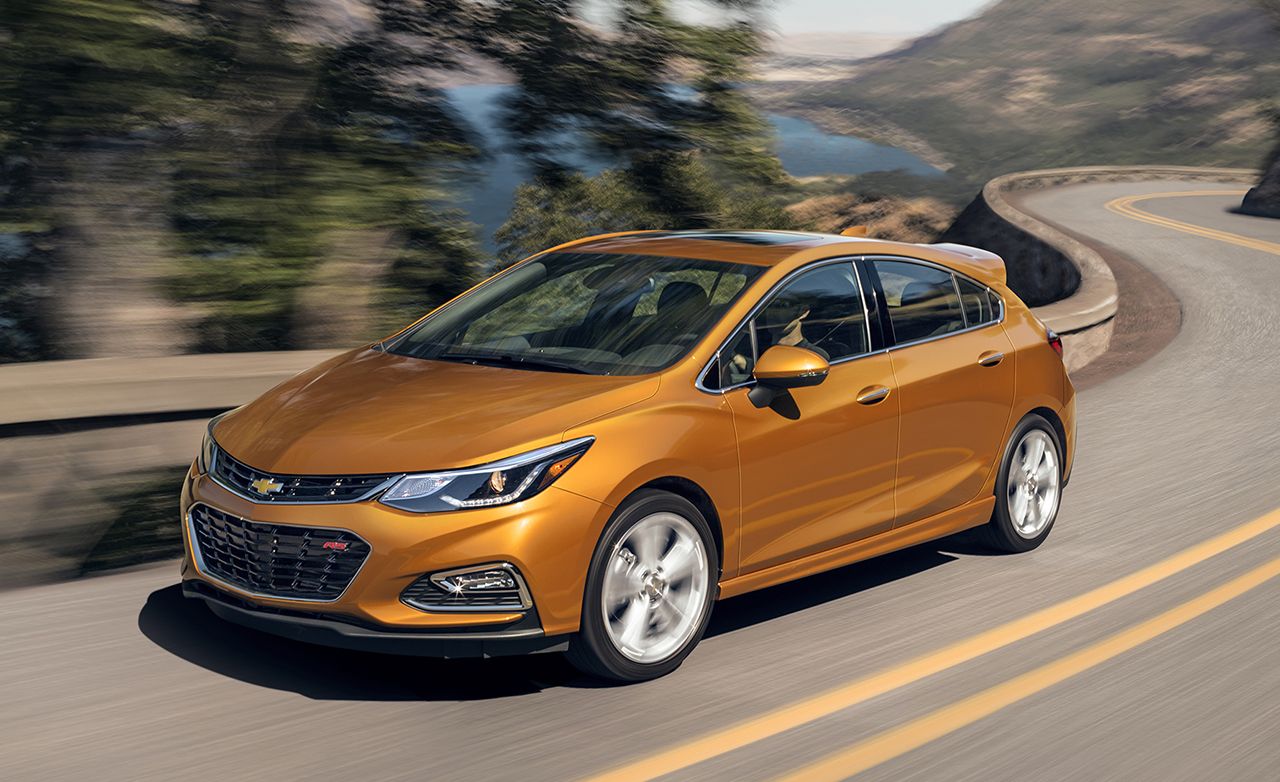
Chevrolet Cruze (2011–2014)
The Chevrolet Cruze initially made waves as a fuel-efficient and stylish compact car option in the U.S. However, early models — particularly those between 2011 and 2014 — suffered from a variety of powertrain issues, most related to the automatic transmission.
Owners often complained of rough shifting, transmission slipping, and sudden loss of power. The problems were most prevalent in the 6-speed automatic transmissions, which were reported to have weak valve bodies, faulty torque converters, and fluid leaks.
In many cases, these issues emerged around 50,000 to 70,000 miles, which is well below the expected lifespan for a transmission. While GM issued some technical service bulletins (TSBs) to address the concerns, many owners were left footing the bill for costly repairs.
Despite a refresh in later years that addressed some concerns, these early models continued to suffer from a tarnished reputation.
Many mechanics advise caution when considering a used Cruze from this generation, especially if the service history is incomplete. Unless it’s a manual transmission model, which fared better, it’s often more hassle than it’s worth.
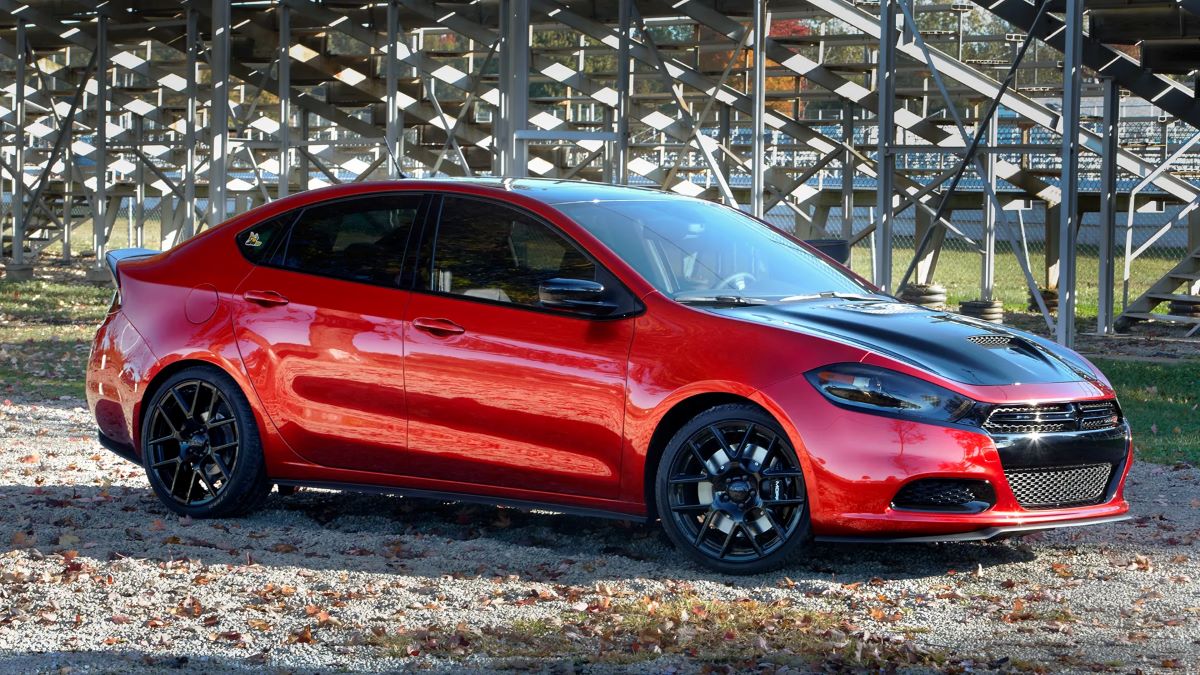
Dodge Dart (2013–2016)
The Dodge Dart was Chrysler’s attempt at revitalizing its compact car offerings, but unfortunately, it stumbled due to several mechanical issues, the most prominent being transmission reliability.
The Dart came with multiple transmission options, including a 6-speed automatic, 6-speed manual, and a Fiat-sourced dual-clutch automatic that turned out to be especially problematic.
The dual-clutch model in particular was plagued with issues like gear hunting, delayed engagement, rough shifting, and complete transmission failure. Customers also complained of transmission overheating in traffic and awkward, inconsistent performance.
Even those with the standard automatic didn’t escape unscathed, reporting poor gear shifts and frequent transmission-related repairs.
Though the Dart featured a sleek design and modern tech features, its long-term reliability was a deal-breaker for many. Chrysler attempted software patches and extended warranties in some cases, but these were band-aid solutions at best.
In the end, the Dart was discontinued in 2016, and part of that decision likely stemmed from the overwhelming number of reliability complaints, many of them centered on the transmission.
Also Read: 5 Cars With Long Service Intervals and 5 That Need Constant Attention
Transmission reliability can make or break a vehicle’s long-term value and usability. While advancements in technology have brought about more fuel-efficient and performance-oriented transmissions like CVTs and DCTs, not all of them have been successful in practice.
Some vehicles, like the Toyota Camry and Mazda3, continue to stand the test of time with simple, well-engineered gearboxes. Others, such as the Ford Focus with its PowerShift DCT or the Nissan Altima with its CVT, serve as cautionary tales about the importance of proper testing and quality control.
For prospective car buyers, especially in the used market, it’s essential to research specific model years, not just the car brand. A reliable transmission can save thousands of dollars in maintenance and keep your vehicle on the road far longer than its troubled counterparts.
It’s also wise to have any used vehicle inspected by a trusted mechanic before purchase, particularly with models that have a known track record of transmission issues.
Knowledge is power. Whether you’re shopping for your next car or advising a friend, understanding which models to pursue — and which to avoid — can lead to a more satisfying, and far less expensive, ownership experience.

